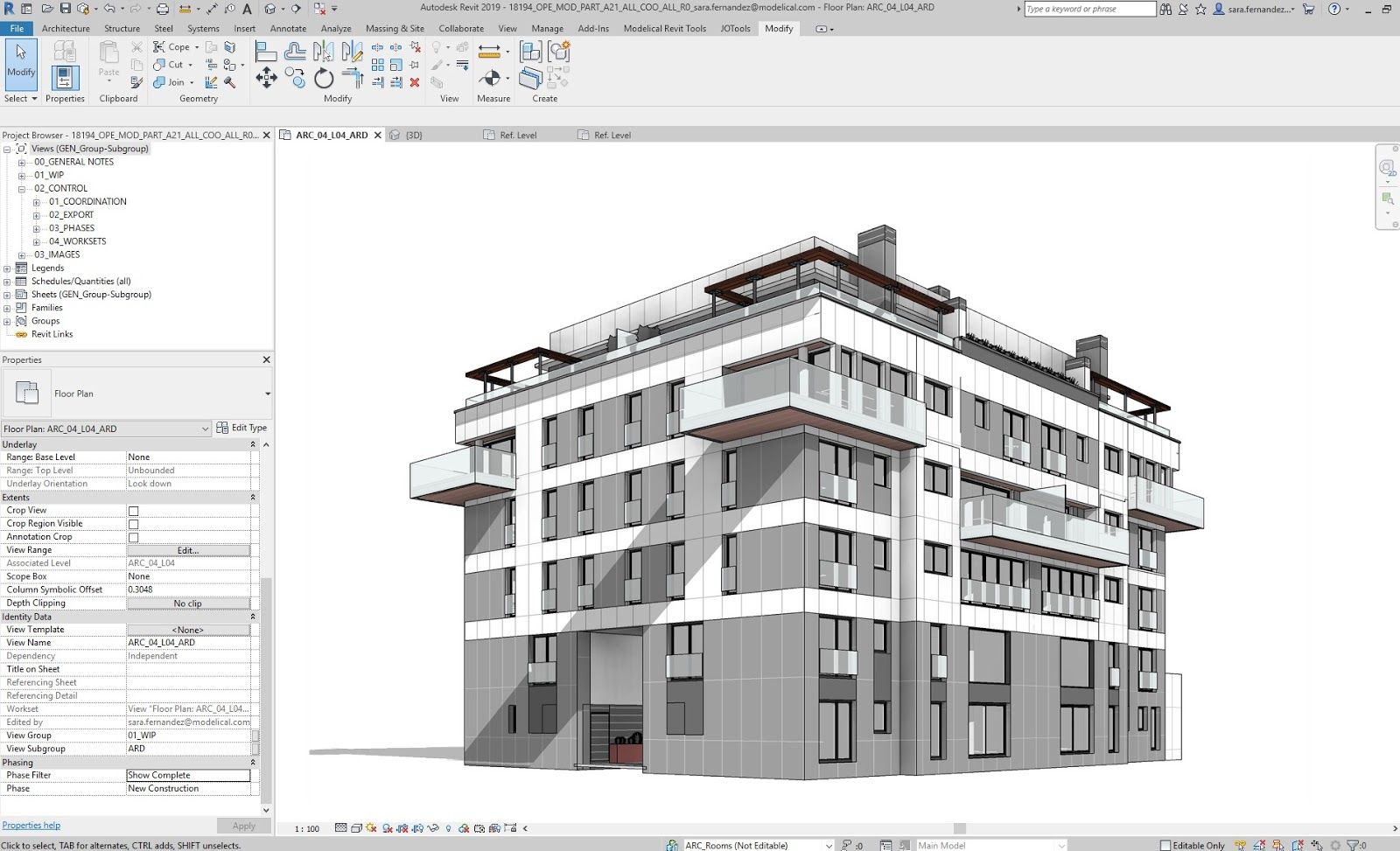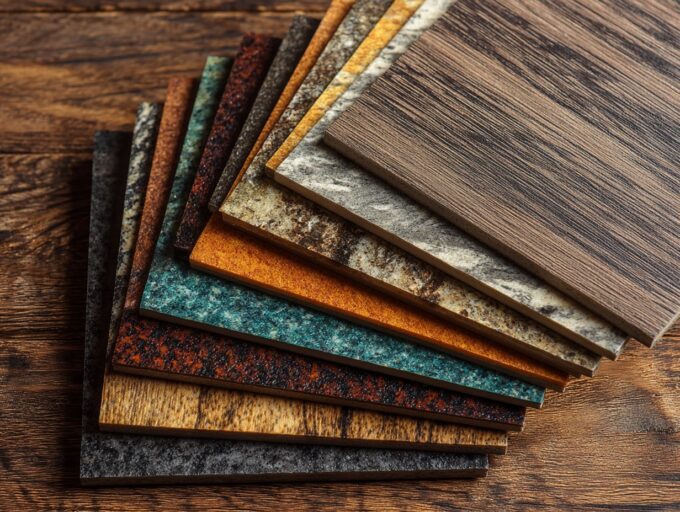- Home
- Articles
- Architectural Portfolio
- Architectral Presentation
- Inspirational Stories
- Architecture News
- Visualization
- BIM Industry
- Facade Design
- Parametric Design
- Career
- Landscape Architecture
- Construction
- Artificial Intelligence
- Sketching
- Design Softwares
- Diagrams
- Writing
- Architectural Tips
- Sustainability
- Courses
- Concept
- Technology
- History & Heritage
- Future of Architecture
- Guides & How-To
- Art & Culture
- Projects
- Interior Design
- Competitions
- Jobs
- Store
- Tools
- More
- Home
- Articles
- Architectural Portfolio
- Architectral Presentation
- Inspirational Stories
- Architecture News
- Visualization
- BIM Industry
- Facade Design
- Parametric Design
- Career
- Landscape Architecture
- Construction
- Artificial Intelligence
- Sketching
- Design Softwares
- Diagrams
- Writing
- Architectural Tips
- Sustainability
- Courses
- Concept
- Technology
- History & Heritage
- Future of Architecture
- Guides & How-To
- Art & Culture
- Projects
- Interior Design
- Competitions
- Jobs
- Store
- Tools
- More

Ancient architectural techniques, honed over centuries of human evolution, are far from antiquated relics. They stand as living testaments to the wisdom and ingenuity of our forebears. Today, as we grapple with the dual crises of climate change and rapid urbanization, there is a growing appreciation and desire to return to these age-old methods. This article delves into the world of historic architecture, providing a deconstruction of some long-forgotten techniques, and explores the exciting possibilities of their application in the modern era.
Learning from the Past
Our ancestors were masters of adapting to their environment, creating shelters and monumental structures using locally sourced materials and a deep understanding of their local climate. From the stone pyramids of Egypt to the bamboo homes of Southeast Asia, these architectural marvels represent innovative solutions to age-old design problems.
The materials used were durable, environmentally friendly, and often had excellent thermal properties. For instance, thick stone walls and mud bricks provided natural insulation against extreme temperatures, an efficiency that our modern glass and steel edifices often lack. In a world increasingly aware of our environmental impact, it seems we could learn a lot from our ancestors.
Applying Ancient Wisdom
While we admire these structures for their historic and aesthetic values, there is an increasing trend towards revitalizing these techniques for modern construction. Here are a few examples of how ancient architectural wisdom is being resurrected in our times.
Rammed Earth Construction
This building technique, used extensively in ancient China and still visible in the Great Wall, involves compacting earth, layered with cement, into an externally supported frame to create walls. Rammed earth has exceptional thermal mass, absorbing heat during the day and releasing it at night, regulating indoor temperatures naturally.
With the resurgence of eco-conscious construction, rammed earth is making a comeback. Today’s architects employ this method to create modern, energy-efficient buildings that blend seamlessly into their natural surroundings. For instance, the award-winning RIBA house, located in the UK, is a shining example of rammed earth construction’s versatility and aesthetic potential.

Timber Framing
Timber framing, an ancient technique visible in traditional Japanese and European architecture, involves joining heavy timbers to create a structure. The sustainability of timber and the carbon sequestration properties of wood make this an environmentally friendly choice.
Modern ‘green’ architects often employ timber framing in their designs, appreciating its inherent structural integrity and aesthetic appeal. The Brock Commons Tallwood House in Vancouver, the world’s tallest timber building, is a perfect example of applying this old technique in a new context.

Traditional Masonry
Ancient civilizations, from the Romans to the Incas, used masonry techniques to build structures that have withstood the test of time. Masonry construction uses local, durable materials and provides excellent thermal mass, reducing the need for artificial heating and cooling.
In recent years, a renewed interest in masonry has surfaced, with architects valuing its durability and resilience against natural disasters. From the eco-village of Torri Superiore in Italy to the Rammed Earth House in Australia, masonry’s age-old principles are finding new life in 21st-century construction.
A New Era of Sustainable Architecture
In our pursuit of innovation, we often overlook the wisdom of the past. As this article demonstrates, ancient architectural techniques can offer modern solutions to the urgent issues of sustainability and resilience. Revisiting these techniques does not mean rejecting modernity, but rather incorporating valuable historical insights into our future designs.
As we move forward, we must continue deconstructing history and revitalizing the techniques it offers us. These ancient methods have the potential to guide us towards a more sustainable, energy-efficient, and resilient architectural future. By blending the past and the present, we pave the way for a greener, more sustainable architectural future.
Revitalizing ancient architectural techniques is not just a concept but a practice that’s increasingly gaining traction globally. Here are some of the best examples showcasing this trend:
- Great Zimbabwe National Monument
The Great Zimbabwe Monument, a UNESCO World Heritage site, was built using an ancient stone construction technique without any mortar. Today, this technique inspires modern masonry structures that prioritize local materials and natural cooling, reducing dependency on artificial heating and cooling systems.

- The Musgum Earth Houses in Cameroon
These traditional houses are made from compressed sun-dried mud. Their design provides natural insulation, maintaining a comfortable indoor temperature irrespective of the outdoor heat. Their design and construction method inspire modern architects to build sustainable and climate-conscious structures.
- The Hakka Tulou in China
The Hakka people in Fujian province built these communal homes from packed earth, wood, and bamboo. Their round design and central open space allow for efficient air circulation, and the thick earth walls provide excellent insulation. These ancient structures inspire modern rammed earth constructions.

Submit your architectural projects
Follow these steps for submission your project. Submission FormLatest Posts
Understanding Site Safety Footwear in Architectural Practice
Architecture is often discussed through drawings, models, and finished buildings, yet a...
General Arrangement Drawings in Architecture: The Backbone of Clear Design Communication
General Arrangement Drawings explained: what they are, when to use them, how...
The Ultimate Guide to Fencing in North Dakota: Choosing the Best Fence for Your Property
Watching a chain link fence twist in 70 mph winds near Minot...
Gaudí: Where Architecture Meets Science
Gaudí: Where Architecture Meets Science shows catenary arches, ruled surfaces, and biomimicry...












Leave a comment